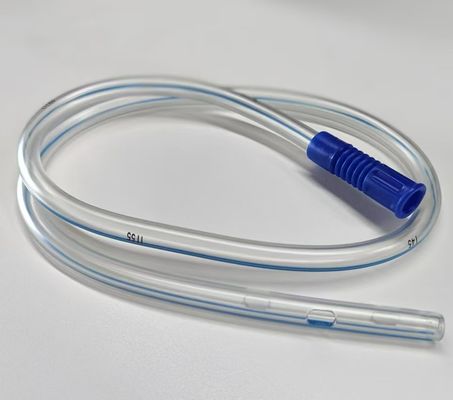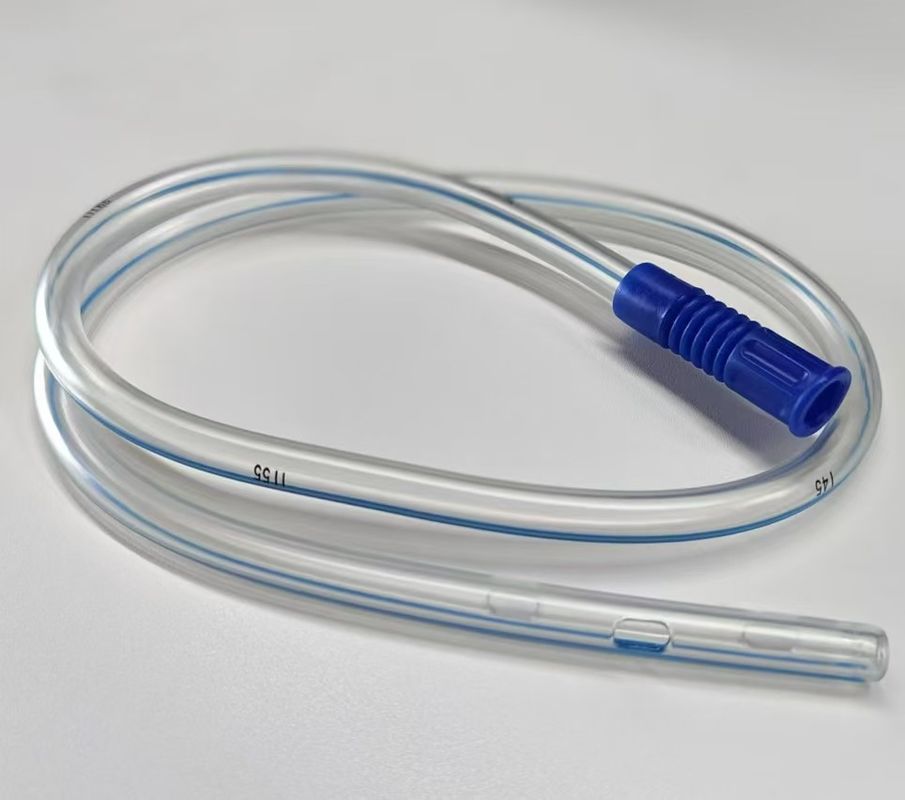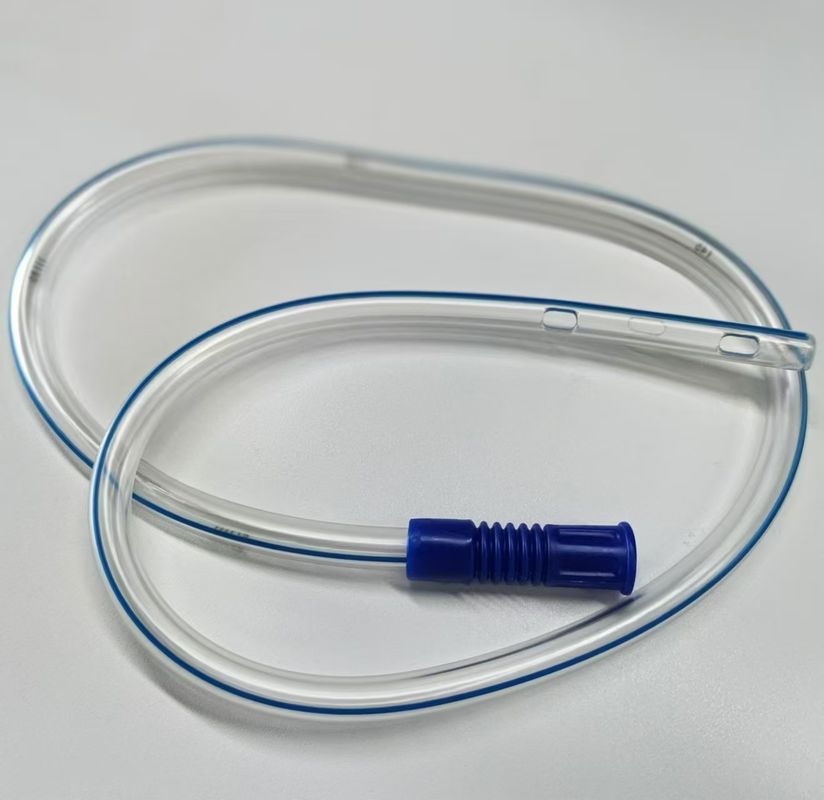
Medical Grade PVC 12Fr Stomach Tube With Opaque Line Throughout 1200 Mm Length
-
Highlight
Medical Grade pvc stomach tube
,12Fr pvc stomach tube
,Non Toxic pvc stomach tube
-
Place Of OriginChina
-
MaterialPVC
-
NameStomach Tube
-
CertificationCE/ISO
-
ApplicationMedical
-
FeatureNon-toxic, Tasteless, Eco-friendly
-
SizeCustomized Size
-
ColorTransparent
-
Temperature-60-260℃
-
Quality CertificationCE
-
Place of OriginChina
-
Brand NameHenan
-
CertificationCE
-
Model NumberCan be Customized
-
Minimum Order Quantity5000pcs
-
PriceNegotiable
-
Packaging DetailsIndividual Packaging
-
Delivery Time24-30 days
-
Payment TermsL/C, T/T, Western Union
-
Supply Ability50000000pcs per month
Medical Grade PVC 12Fr Stomach Tube With Opaque Line Throughout 1200 Mm Length
Medical Grade PVC 12Fr Stomach Tube With Opaque Line Throughout the 1200 mm Length
Product description
A Stomach Tube is a medical device used for medical purposes, commonly employed to deliver nutrients or medications directly to a patient's stomach. It is typically made of soft plastic or rubber material, with one end for insertion into the patient's mouth and passage through the esophagus to the stomach, and the other end for connection to external devices such as a nutrition bag or suction apparatus.
Uses:
- Feeding: Stomach Tubes are often used to provide nutritional support, especially for patients who are unable to eat or swallow normally.
- Gastric Content Decompression: In certain situations, a Stomach Tube may be utilized to empty the stomach contents in preparation for surgery or examination.
- Medication Delivery: Healthcare professionals can administer medications directly into a patient's stomach via a Stomach Tube.
![]()
Precautions:
- Professional Handling: The insertion and management of Stomach Tubes should be carried out by trained healthcare personnel.
- Hygiene: Ensure the use of a clean Stomach Tube and adhere to relevant disinfection and cleaning guidelines.
- Regular Replacement: Follow medical advice to replace Stomach Tubes periodically to avoid infections or other complications.
Risks and Complications:
While Stomach Tubes are widely used in medical settings, inserting a Stomach Tube can pose risks of complications such as aspiration, infection, gastric irritation, etc. Therefore, caution should be exercised when using a Stomach Tube, and strict adherence to the advice of healthcare professionals is crucial.
Please note that the use of a Stomach Tube should be guided by healthcare professionals and carried out in strict accordance with relevant protocols and hygiene standards.
![]()
FAQ
1.What is the stomach tube called?
(gas-TROS-toh-mee toob) A tube inserted through the wall of the abdomen directly into the stomach. It allows air and fluid to leave the stomach and can be used to give drugs and liquids, including liquid food, to the patient. Giving food through a gastrostomy tube is a type of enteral nutrition.
2.What is the difference between stomach tube and feeding tube?
The gastric port (marked “G”) is used to access the stomach and is usually used for medication. The jejunal port (marked “J”) is used for feeding. A jejunostomy (J) tube is also used when feedings need to bypass the stomach.
3.What is the function of the stomach tube?
Nasogastric tubes are used both to deliver substances to your stomach and to draw substances out. They're often used for short-term tube feeding and to deliver oral medications to hospitalized people. They can also suction out stomach contents to relieve pressure or remove poisons.
4.Does a stomach tube hurt?
Patients may experience initial pain and discomfort with the longer-term tubes, like G-tubes and J-tubes. Typically, it may feel a little sore in the area near the tube for the first two or three days. After that, the soreness should go away.
5.Can a stomach tube be removed?
Removing the Tube
Removal takes only minutes and is usually done in the office by the doctor or nurse. Once the button or G-tube is out, a small hole will remain. It will be need to be kept clean and covered with gauze until it closes on its own. In some cases, surgery is necessary to close the hole.


